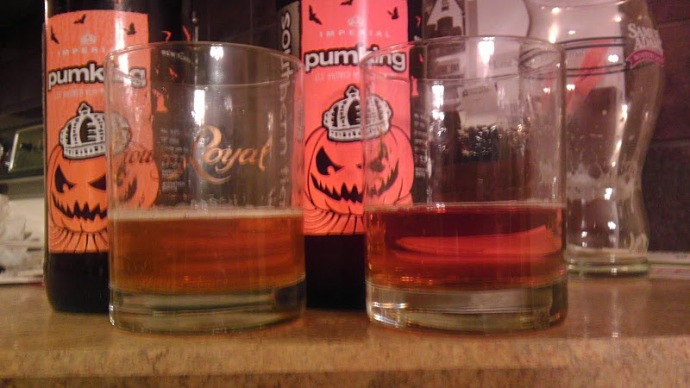The Story behind IPA is an interesting one. To understand IPA we first have to understand the hop, the rest will fall into place after we discuss the preservative nature of hops. Hops are composed of two major acids. Alpha Acid, and Beta Acid. Alpha acid is slightly responsible for preventing bacterial growth in the beer, such as bacteria that comes from lactic acid. Alpha acid is also responsible for adding the bitter component to beer. The beta acid does not add initial bitterness but does aid in the fermentation and aging of the beer adding the bitter components slowly over time. What does Alpha acid in hops have to do with IPA? Alcohol and hops(becuase of the alpha acid) preserve beer. Alcohol provides an unfavorable environment for microbial action, and the isohumulone content of the hops inhibits the growth of bacteria such as Lactobacillus. Thus, high alcohol content, in German export beers, for example, and high hopping rate, as in India pale ale, could protect beer from the souring associated with long storage times.
This brings forth another question, why do we need to preserve the beer anyway? The answer is simple. In the early 17th century there was beer, and a lot of it. A lot was in the form of Pale Ale, a term coined by the use of pale malt and back then a lot less bitter then the pale ales of today. The actual story is quite long so I’ll simplify it for you. George Hodgson of the Bow Brewery, on the Middlesex-Essex border, was the go-to guy for the East India Trading company for all their beer needs, be it exporting or consumption for British troops stationed in India. The East India Trading company noticed that Hodgson’s liberally hopped pale ale seemed to make the trip down around Africa a little bit better than the less hopped lower alcohol version of Pale Ale at the time. The trading company noticed this and asked him to up the ante, he did, and the well-preserved India Pale Ale was born. This is the most common story, however, doing a little digging I found that there may have been a little more politics in this history that we think. It turns out that the EITC chose the Bow brewery because of its location as well as his liberal credit terms, and that his October beer and Porter were also Highly in demand in India as well, which both seemed to survive the trip, according to record, quite well. So whats the real story? Who knows? What we do know is that hops add a lot of bitterness and help preserve the beer. I know I like the romance of it all, additionally I love the beer and I really love making it.




